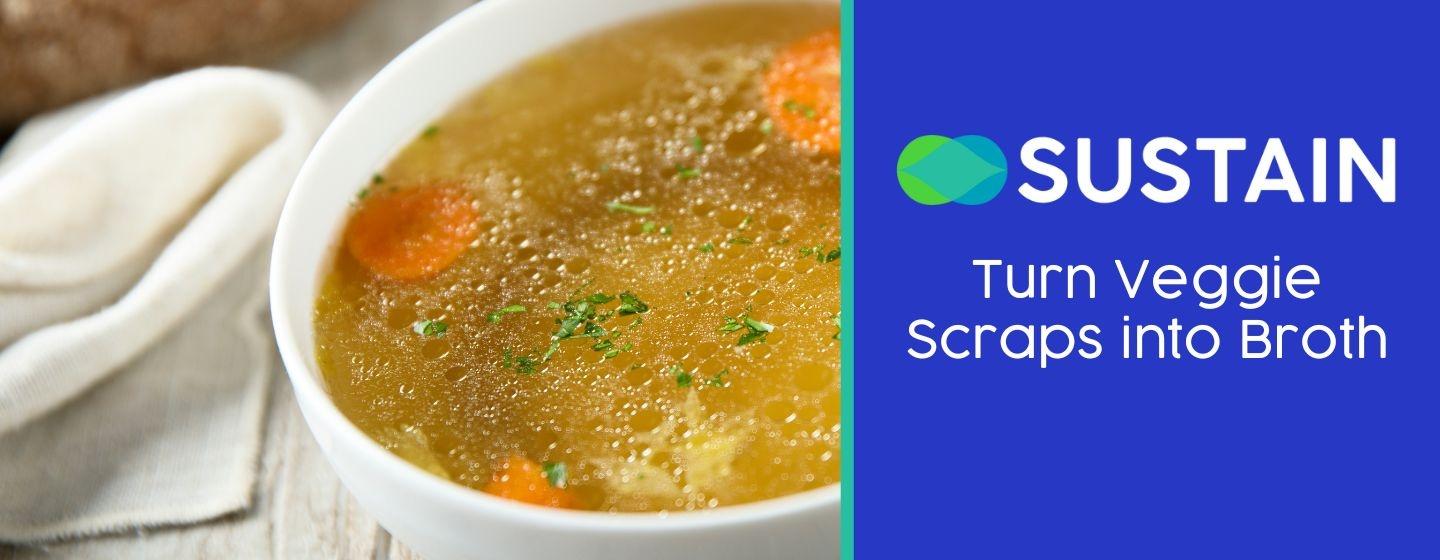Turn Veggie Scraps into Broth



My passion for exploring the relationship between food and the environment began at a breakfast buffet in Tampa. My friend, ever the explorer, wanted to sample the entire buffet. He grabbed two plates and piled them high with biscuits, pancakes, bacon, and everything else in reach. It was a sight to behold.
He ate about 50% of what was on those plates...and we left.
Food Waste in America
My friend is actually an above-average waster. On a given day, Americans will discard approximately 40% of our food (cooked and uncooked). Over a year, that translates into 108 billion pounds of food, or over $400 billion. As a point of comparison, the Empire State Building weighs in at a meager 80 million pounds.
Energy & Packaging
Also, consider the transportation energy and physical packaging it took to get that food to your table: the trucks, the planes, the trains, the electricity, the human labor. Combined with disposal costs, food waste represents a significant threat to our environment and a significant opportunity to make a real difference.
Sustain | Food
Over the coming months, I’ll be sharing tips and tricks to reduce our impact on the environment through our choices and behaviors around food. Today, we’re focusing on one of my favorites – using veggie scraps to make stock.
Why Make Your Own Veggie Stock
How?
It’s simple. Save veggie scraps in the freezer; I’d recommend you focus on celery, carrots, onions, and garlic. Boil the frozen scraps in water for 45 – 60 minutes. Strain the liquid. Store in your favorite air-tight container. Enjoy in your favorite recipes. You’ll find a step-by-step video on our social channels.
Use the post-boiled veggie scraps for compost or send them down the garbage disposal.
Meat & Bones
Using meat scraps and bones adds depth and flavor to your broth. Just make sure you freeze meat scraps quickly and store each type of meat in a separate container.
Did you learn something new? Please take a moment to answer this short survey.